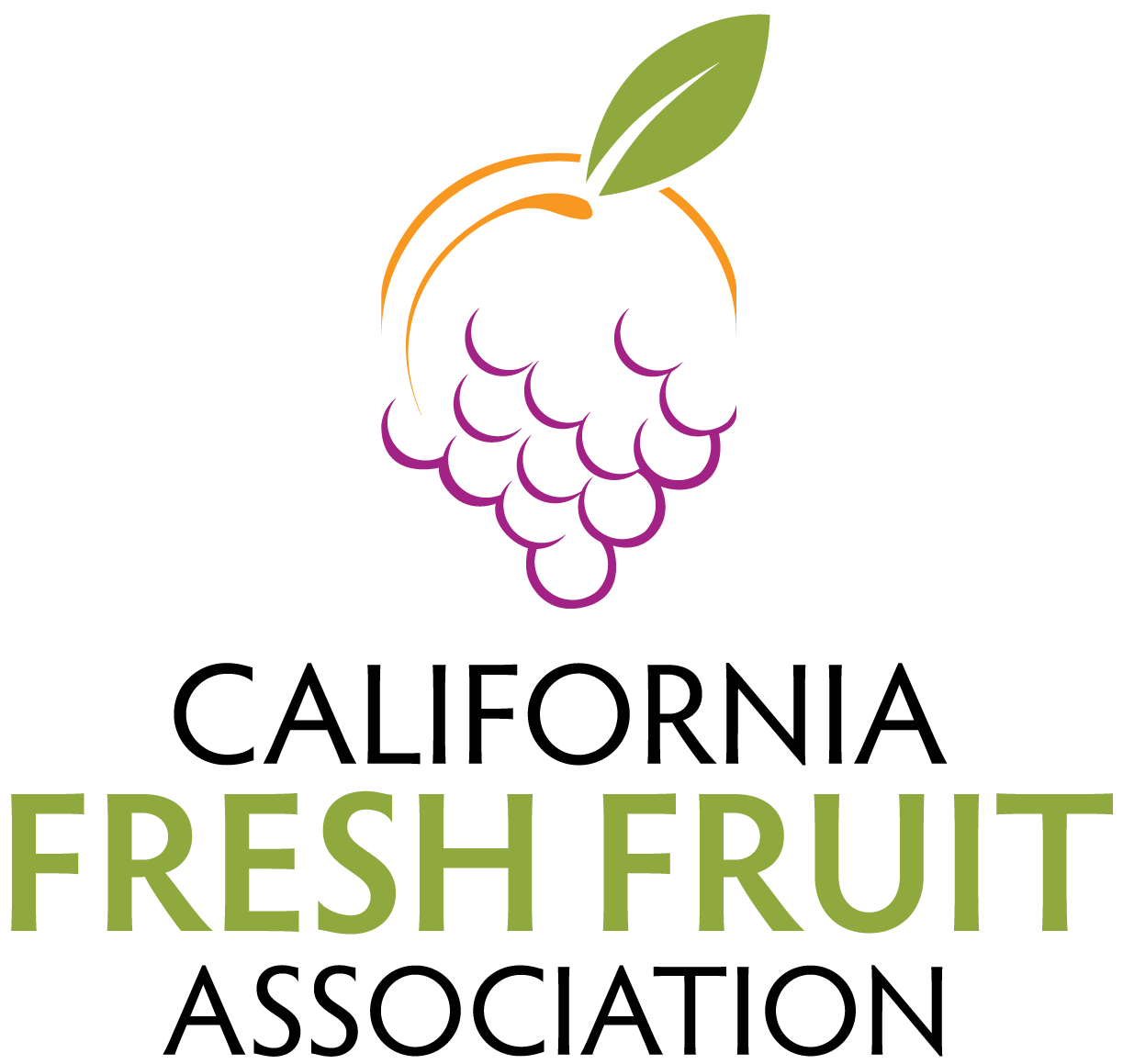California Farm Bureau Reacts to ‘Waters of U.S.’ Rule
By Peter Hecht, California Farm Bureau
The U.S. Environmental Protection Agency on Dec. 30 released the revised definition of the “Waters of the United States” rule to redefine waters protected under the federal Clean Water Act. This new rule will replace the Navigable Waters Protection Rule.
California Farm Bureau President Jamie Johansson expressed his concerns on behalf of farmers, ranchers and agricultural businesses in the state.
“This rule will have a substantial effect on our members and the ability of our farmers and ranchers in California to continue to utilize their land,” Johansson said. “We are particularly concerned about small farms and ranches needing costly legal or consulting expertise to farm ground they have already thoughtfully and sustainably stewarded.”
















